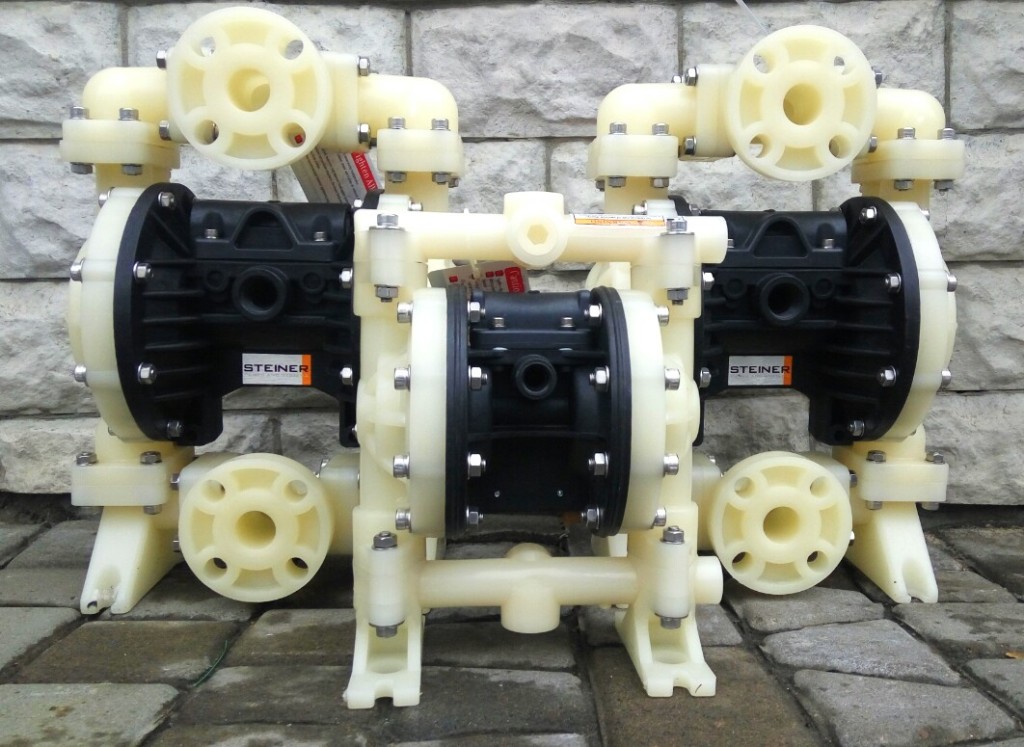Not only are there many types of pumps on the market, but there are also many manufacturers and suppliers. All this creates difficulties when choosing a pump. Steiner-Ukraine specialists offer advice that will be useful to the mechanic and chief engineer.

- Price.
In fact, the cost of equipment consists of its initial cost + the cost of operation + repair + disposal. Given the high cost of energy in Ukraine, if a pump operates for more than 2000 hours per year, it will consume 10 times the amount of electricity (or compressed air) over its lifetime! The price of the pump is only 9% of the cost of purchasing and operating it. That's why it's important to choose a reliable, energy-efficient pump that operates at the optimum point on the hydraulic performance curve. - Selection of pump material.
This is where it is very important not to make a mistake, because the wrong pump material will either lead to a quick breakdown or to wasted money. - Diaphragm pump flow control.
You can control the fluid flow in three ways: by increasing/decreasing the air pressure, restricting the air supply with a tap, or partially blocking the discharge line. However, never block or restrict the suction line! Another good tip from Steiner-Ukraine is to install a bypass line, i.e. connect the discharge pipe to the suction pipe, and this will make the adjustment with the tap much more reliable and accurate.
